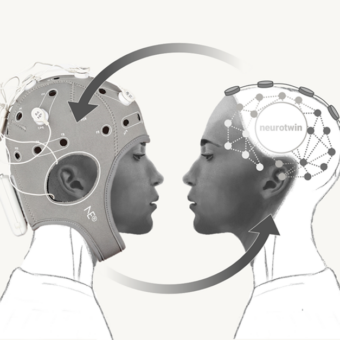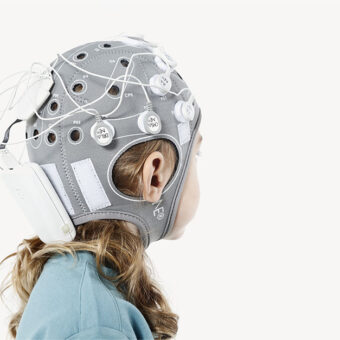For us that live and love Barcelona there is a turning point in the history of our city, the 1992 Olympic Games was one of the most vibrant episodes in the lives of the citizens of Barcelona. The Games transformed it into what it is today, a cosmopolitan city and one of the most visited places in the world.
Pasqual Maragall was the leader and visionary of the Games, and he was able to contage his enthusiasm and “yes, we can” attitude to each of us to transform the city and a dream into a tremendous success.
Pasqual Maragall is now engaged in another endeavor just as important as the Olympic Games; he has created his personal fight against Alzheimer’s disease into an opportunity to raise awareness and resources to fund scientific research to improve the diagnosis and treatment of Alzheimer’s patients through the creation of the Fundación Pasqual Maragall.
Alzheimer’s disease is the most common form of dementia, a general term for loss of memory and other intellectual abilities serious enough to interfere with daily life. Alzheimer’s disease accounts for 50 to 80 percent of dementia cases.
To give you an estimate on the magnitude of the challenge:
- More than 5 million Americans are living with Alzheimer’s disease.
- One in eight older Americans has Alzheimer’s disease.
- Alzheimer’s disease is the sixth-leading cause of death in the United States and the only cause of death among the top 10 in the United States that cannot be prevented, cured or even slowed.
- More than 15 million Americans provide unpaid care valued at $210 billion for persons with Alzheimer’s and other dementias.
- Payments for care are estimated to be $200 billion in the United States in 2012.
Alzheimer’s has no current cure, but there are treatments that allow patients to improve their quality of life by slowing down the worsening of the symptoms. One of the key issues in Alzheimer’s disease research seems to be prevention, and one of the questions I raise in this blog post is whether EEG can be used as an early diagnostic tool for Alzheimer.
As mentioned in previous blogs posts, EEG provides brain activity monitoring by collecting the electrical signals of the brain. The frequencies of those signals are properly divided in different bands (alpha, beta, theta, and gamma).
Recent research studies have shown that Alzheimer patients present a particular EEG spectrum, characterised by lower alpha and beta bands and higher theta and delta bands.
They also established that Alzheimer’s disease patients present low coherence among electrodes. Coherence in EEG stands for the consistency of the phase difference between two EEG signals when compared over time. According to Srinvasan et al. “…coherence is a measure of synchronization between two [EEG] signals based mainly on phase consistency; that is, two signals may have different phases… but high coherence occurs when this phase difference tends to remain constant. In practice, EEG coherence depends mostly on the consistency of phase differences between channels”. High coherence values are taken as a measure of strong connectivity between the brain regions that produce the compared EEG signals.
This initial research with few patients shows that it is possible to discriminate between Alzheimer’s disease patients and healthy subjects and discriminate among different degrees of severity of the illness.
However, there is a big challenge to move these interesting findings into prevention and early diagnosis for the initial stages of the pathology, as an early Alzheimer’s disease marker.
Research must go on. I personally hope that EEG will make its small contribution to Alzheimer’s disease diagnosis and help, once again, Pasqual Maragall to turn the fight against Alzheimer’s disease into a new tremendous success.
photo credit: Aitor Escauriaza via photopin cc



